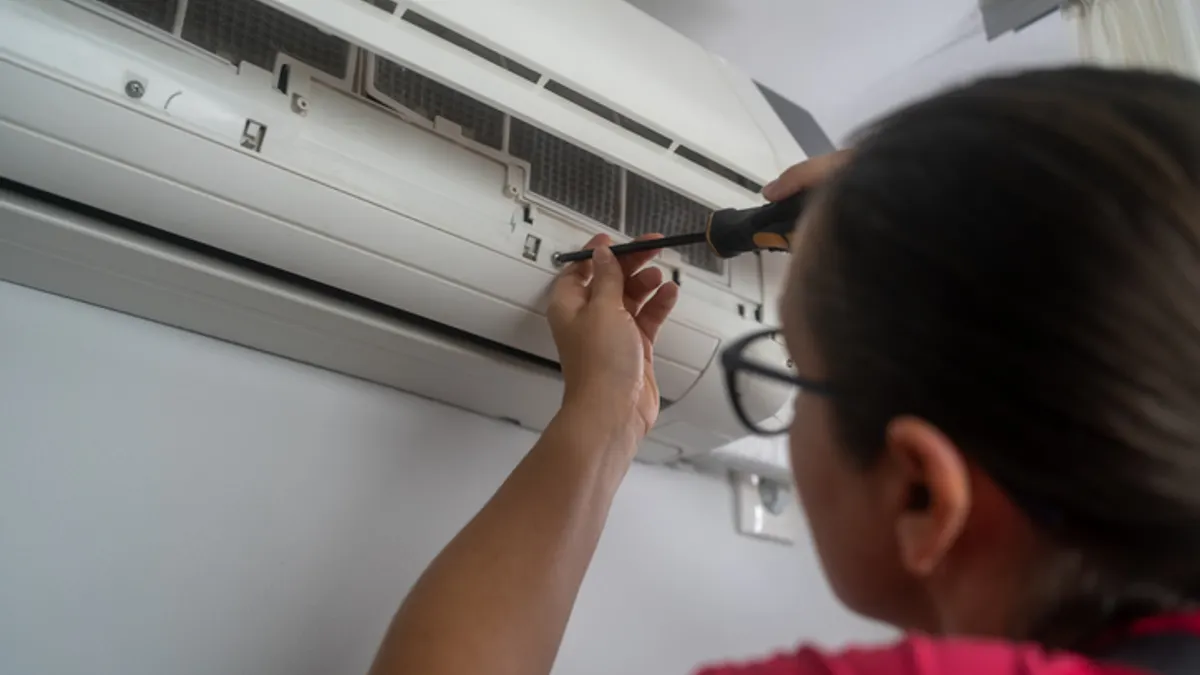Dive Brief:
- Honeywell plans to add Analog Devices’ technology to its building management system, according to a Jan. 9 release.
- ADI’s single-pair ethernet and software configurable input and output solution technology will allow buildings to implement the BMS while using their existing wiring, reducing cost, waste and downtime related to rewiring, Honeywell said.
- The agreement will introduce this technology to building management systems for the first time, it said.
Dive Insight:
Fifty percent of U.S. buildings were built between 1960 and 1999, according to the U.S. Energy Information Administration’s latest Commercial Buildings Energy Consumption Survey, and many buildings are “outdated and inefficient,” Honeywell says in its press release. By implementing energy-efficiency retrofits, owners and operators can reduce costs, especially in older buildings, as well as attract tenants and gain a market edge, according to the U.S. Department of Energy.
By digitizing building management systems, facilities managers can make real-time decisions to reduce energy consumption and upgrade their building’s network performance and security, Honeywell says. The new capabilities of ADI’s technology will allow the implementation of BMS, without the need for extensive costs and remodeling efforts, it noted.
ADI’s capabilities would also reduce the BMS’ product complexities, allowing Honeywell to build a single version of the product for different needs and giving users “more future-proofed control and automation when a building is remodeled, or requirements change,” according to the release.
ADI has collaborated with Honeywell for more than a decade, Martin Cotter, Analog Devices’ senior vice president of industrial and multi markets and president of the Europe, Middle East and Africa region, said in the release. "In this next phase of our work together, we are thrilled to see these ADI technologies move beyond factory automation and into Honeywell's building management system to help customers reduce building energy consumption, which can save money, improve resiliency, and help meet emissions reductions goals,” Cotter said.













